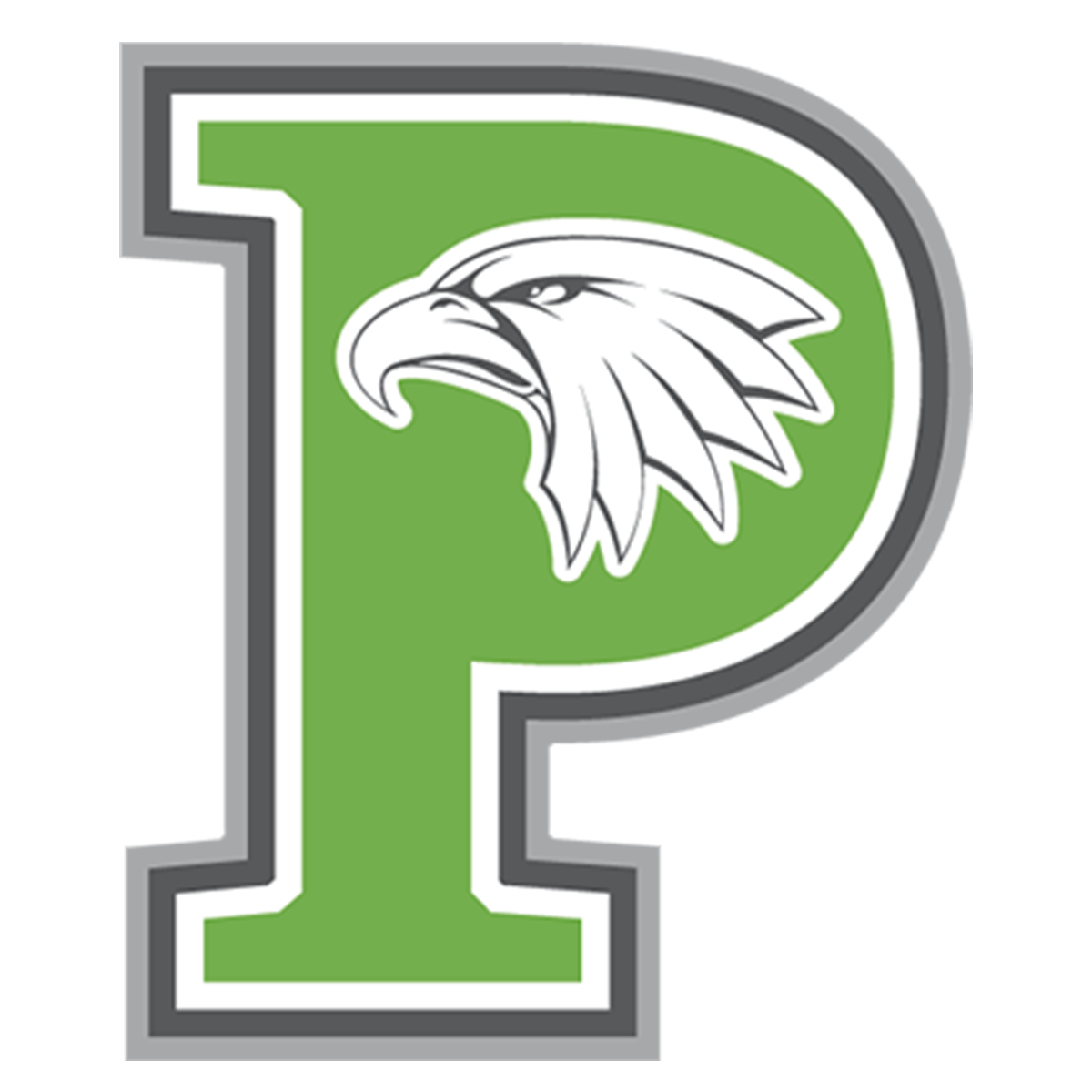1. Partially sighted indicates some type of visual problem, with a need of person to receive special education in some cases;
2. Low vision generally refers to a severe visual impairment, not necessarily limited to distance vision. Low vision applies to all individuals with sight who are unable to read the newspaper at a normal viewing distance, even with the aid of eyeglasses or contact lenses. They use a combination of vision and other senses to learn, although they may require adaptations in lighting or the size of print, and, sometimes, Braille,
3. Legally blind indicates that a person has less than 20/200 (The legally blind person can see at 20 feet what the average sighted person can see at 200) vision in the better eye after best correction (contact lenses or glasses), or a field of vision of less than 20 degrees in the better eye; and
4. Totally blind students learn via Braille or other non-visual media.
